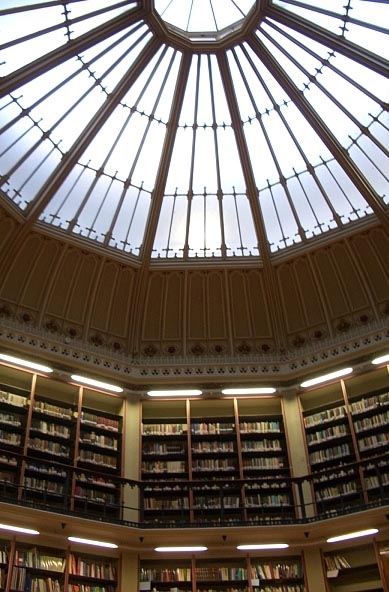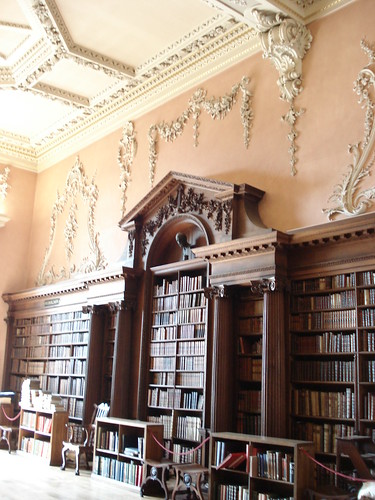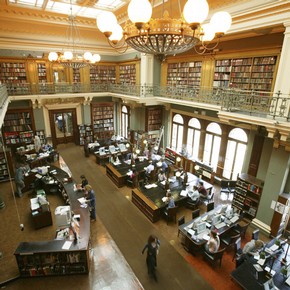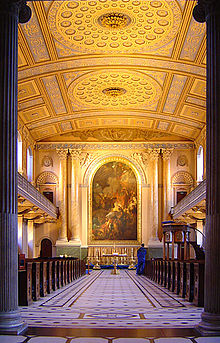 My favorite exhibit was the Children's War exhibit, which detailed the experiences of children that lived in London and the surrounding countryside during the Second World War. The exhibit details what the children that had to evacuate London and were sent out into the country to live with other families during this time period experienced--The Lion, The Witch, and the Wardrobe also tells the story of evacuated children. It also talked about how the British government issued gas masks; there was one point in the exhibit where there was a child holding a teddy bear, but the teddy bear was actually a gas mask holder--this really showed me how the experience of war differed and was much more intense for those living in London. There was also a simulation in the World War II exhibit called the Blitz Experience that showed how difficult it would have been for all citizens of London and how the streets might have looked after the bombings London endured. These exhibits made me realize how removed the United States was during the First and Second World Wars--what the British and other European nations had to endure was much greater than anything the United State has had to-- not only were soldiers going off to war and perishing but a lot of the city was being destroyed. One really cool thing in the Children's War exhibit was that there were evacuees that were there to share their experiences during the war, and they were available for school groups and other visitors to ask them questions about what the Second World War was like for them.
My favorite exhibit was the Children's War exhibit, which detailed the experiences of children that lived in London and the surrounding countryside during the Second World War. The exhibit details what the children that had to evacuate London and were sent out into the country to live with other families during this time period experienced--The Lion, The Witch, and the Wardrobe also tells the story of evacuated children. It also talked about how the British government issued gas masks; there was one point in the exhibit where there was a child holding a teddy bear, but the teddy bear was actually a gas mask holder--this really showed me how the experience of war differed and was much more intense for those living in London. There was also a simulation in the World War II exhibit called the Blitz Experience that showed how difficult it would have been for all citizens of London and how the streets might have looked after the bombings London endured. These exhibits made me realize how removed the United States was during the First and Second World Wars--what the British and other European nations had to endure was much greater than anything the United State has had to-- not only were soldiers going off to war and perishing but a lot of the city was being destroyed. One really cool thing in the Children's War exhibit was that there were evacuees that were there to share their experiences during the war, and they were available for school groups and other visitors to ask them questions about what the Second World War was like for them.I also paid to go see Once Upon a Wartime: Classic War Stories for Children exhibit, which brings to life the world of five children's books that are set during wartime. The stories include War Horse by Michael Morpurgo, Carrie's War by Nina Bawden, The Machine Gunners by Robert Westall, The Silver Sword by Ian Serraillier, and Little Soldier by Bernard Ashley. The exhibit includes sets built to look like the stories, artifacts from the events discussed in the books, and interactive displays and quizzes for children to take part in. The exhibit was meant for children, but I also learned a lot about the stories and the history behind the books.
The Imperial War Museum has also recently added an Explore History Centre,which provides access to the museums' collections of digitized photographs, film, sound recordings, interactive media displays, and books. The Explore History Centre is open to anyone who would like to research British war history or family history. Their collections can be searched through an online catalogue, and many of the items can be looked at in the centre during their open hours.





























